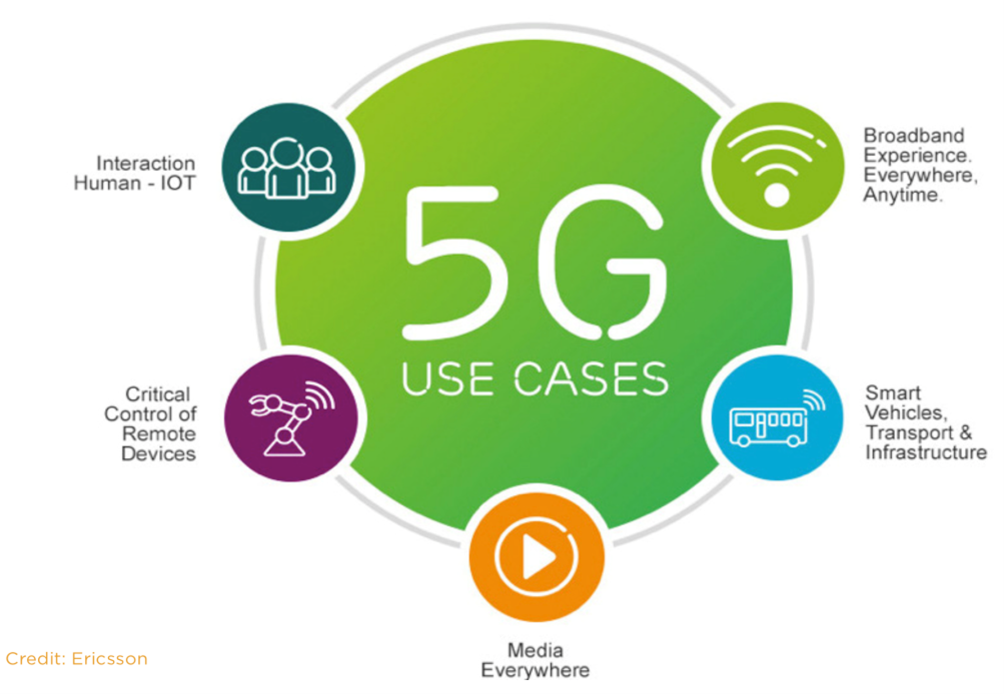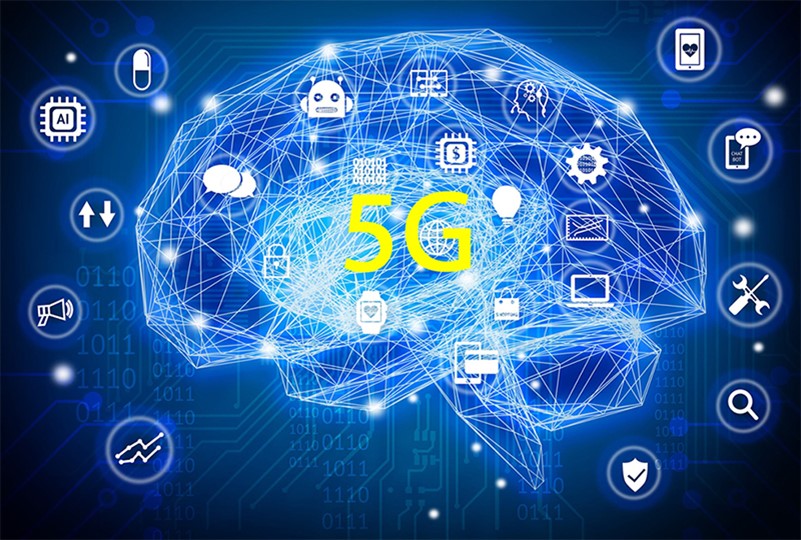5G Technology

Communication has evolved and continues to do so, from fire to fibre optics cables, over the past decades. To make wireless communication possible, cellular networks need to be developed. This was started in Japan in 1979, with the first generation of cellular networks. It is called 1G. At its best 1G was capable of about 2.4kilobits per second transfer rate. With the introduction of a fully digital system, 2G started a new era of mobile phones. At first, 2G could achieve about 9.6kbits per second transfer rate. But with the launch of the first iPhone, the 2G era has ended. It increased the transfer rate to 384 kilobits per second. It is sometimes referred to as 2.5G. 3G was introduced by the time iPhone 2 launched. With the introduction of 3G, the communication system has changed as the fully utilized method, data packet switching was functioning. In 2005, High-Speed Packet Access (HSPA) (represented on our phones as H+) was introduced. It has a transfer rate of 14.4 Megabits per second. It is called 3.5G. In 4G a new technology called Long Term Evolution has been introduced. It has a peak download speed of 50 Megabits per second. Because of superfast broadband, high reliability and efficient energy usage, 5G is introduced with 20 Gigabits per second of peak data rate and 100+ Megabits per second average data rates.
5G is a new global wireless standard that was introduced after all the generations. 5G also uses massive MIMO (multiple input multiple outputs). 5G is also looking to use beamforming technology. It will allow the antenna to aim at phones instead of broadcasting the signal in all directions. This leads the data transfer rate of 5G to be high. 5G will allow higher download speeds and lower latency. OFDM(Orthogonal Frequency-division Multiplexing) is a method that modulates a digital signal across several different channels to reduce interference. 5G is based on that technology. Also, 5G uses wider bandwidth technologies. 5G is introduced not only for faster delivery and better mobile broadband services but also to connect the massive IoT and to expand into new service areas such as mission-critical communications. When comparing the 5G technology with 4G, it is significantly faster than 4G. It is clear as the data transfer rate of 5G is way higher than 4G. As 5G supports a 100 times increase in traffic capacity and network efficiency, 5G has more capacity than 4G. 4G has higher latency than 5G.4G latency ranges from 60 milliseconds to 98 milliseconds while the latency of 5G lies under 5 milliseconds. Also, the spectrum that is used by 5G is better than 4G. When comparing 4G with 5G, 5G is a unified platform that is more capable than 4G.

When considering the advantages of 5G technology, the main advantage is the greater speed of transmission. With the use of 5G, speed transmission can approach 15 or 20 Gigabits per second. The elapsed time between giving an order and action occurring is considered the latency. 5G has a lower latency which is ten times less than 4G. With the introduction of 5G technology, the number of devices connected to a computer network also increases. If the number of devices is increased, all the devices have an instant connection to the internet. 5G is capable of network slicing. It allows the creation of subnets, to implement virtual networks to provide connectivity more adjusted to specific needs. There are some insane theories about 5G technology. It is said that 5G technology is weakening the immune system and causing a global pandemic. Also, some people believe that 5G causes cancer and it is mind-controlled by lizard people. Anyone with little knowledge of technology will find these things to be false. However, as with any new technology, 5G also has some disadvantages to be considered. It has a high initial cost for rollout. Development of 5G infrastructure will cost a lot. Those who live in rural areas will not necessarily benefit from the 5G connection. So, limitations of rural access are another drawback of 5G technology. Batteries of cellular devices are not capable of operating for a significant time when the device is connected to 5G. So, it drains the battery. The upload speed of 5G technology is not as incredible as the download speed. Although the download speed is high, the upload speed is low. With 5G technology, infrastructure development is going to be increased and because of that, the overall look and feel of an area are going to be diminished. Even though the 5G technology has some disadvantages, it has more advantages than other generations. With high speed, high reliability and lower latency, 5G has become more important in the communication sector. Let’s take the maximum benefits of 5G technology, as it enables us to connect the entire universe in an instant.
